
Supplier Verification: Key to Ensuring Quality and Reliability
Introduction In the ever-evolving landscape of small and medium-sized businesses (SMBs), ensuring a reliable and high-quality supply chain is paramount...

Get 20€ off on your first order!
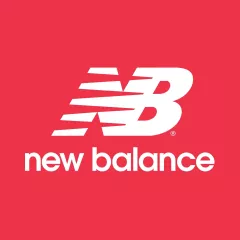
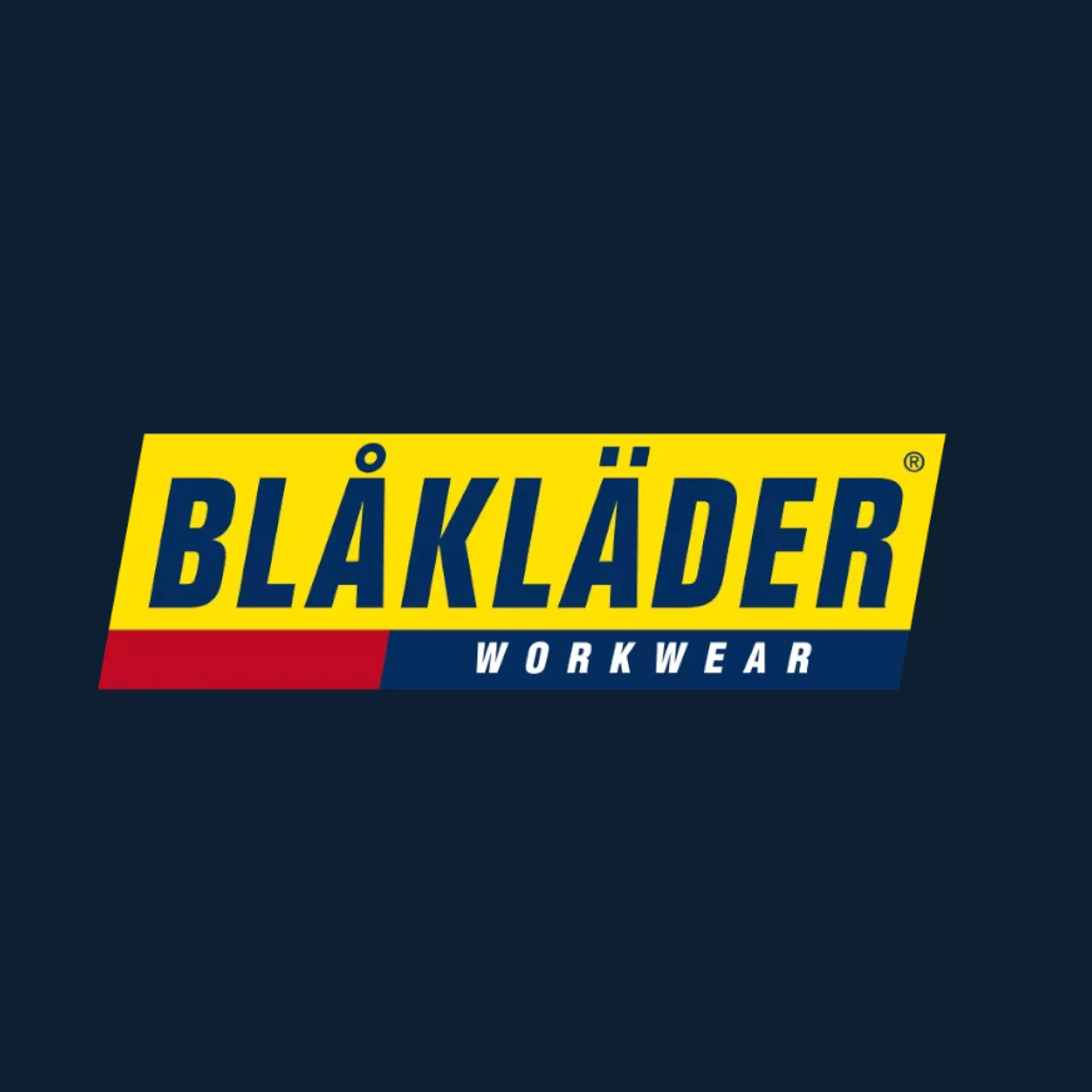
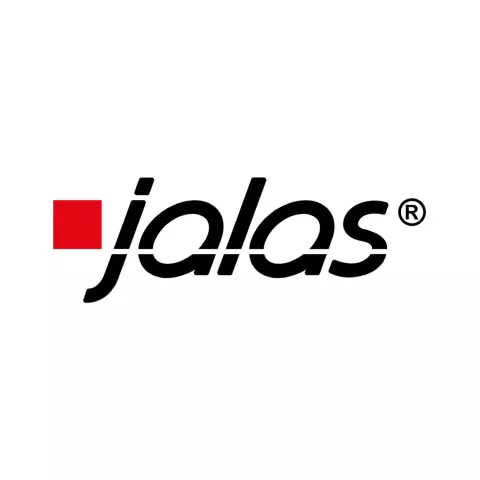
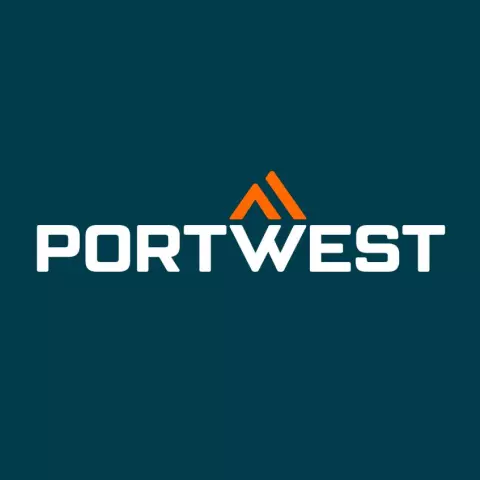



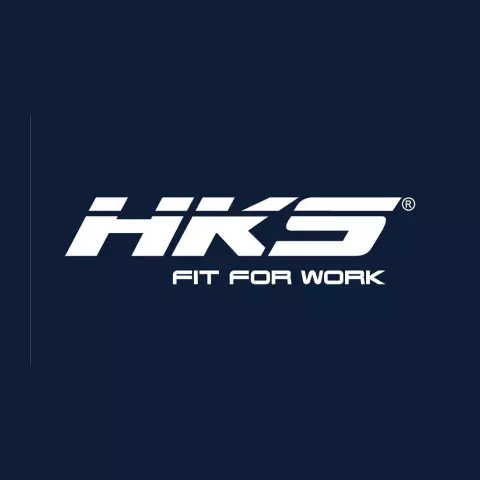


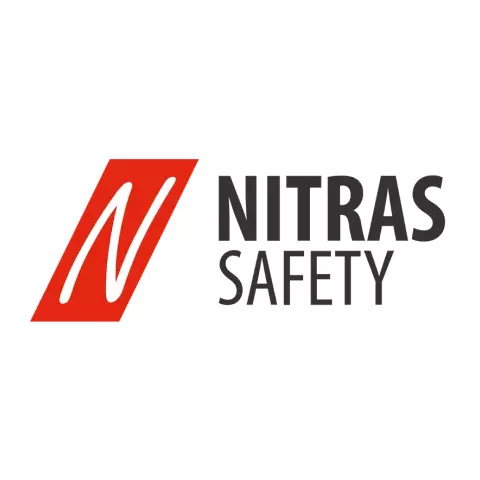




















Today’s fast-paced, ever-changing corporate environment requires an effective procurement procedure. Purchasing products and services from outside sources requires vendor clearance, purchase order issuing, items receipt, and invoice payment. Due to economic changes, supply chain interruptions, and changing company demands, procurement becomes more complicated and risky as firms pursue strategic goals. Modernising procurement process improves efficiency, cuts costs, and keeps companies competitive.
Modern procurement practises, including important components, kinds, challenges, and optimisation solutions, are covered in this guide. We will discuss how low-code automation may streamline procurement procedures and offer concrete tips for modernising and improving your procurement process.
Companies accomplish their strategic goals through procurement, the end-to-end process of finding and receiving products and services from external providers.
According to a Deloitte poll, 61% of CPOs believe procurement-related risks have increased over the previous year. The study lists economic downturn, internal complexity (product and organisation), and supplier risk management as major threats. Additionally, supply chain disruption is possible.
Organisations require a procurement procedure that works well in challenging situations to keep their supply chain moving and sourcing activities unaffected. Understand sourcing vs. procurement.
Technology like low-code automation or business process management software solves typical procurement problems in contemporary procurement.
Modern procurement uses technology to organise operations, maximise savings, and offer a seamless, dependable, and simplified process experience.
Modern procurement involves using technology to increase operations and efficiency and always researching methods to modernise the process and stay competitive.
Like any other process, procurement has fundamental components and procedures. These components include the people, information, and activities needed to achieve the process objective and certain procedures that organise the procurement process.
Basic workflow components make up any process. They are actors, information, and work, not “people, processes, and paper,” as some say.
People, processes, and instruments involved in procurement are actors. Staff, vendors, databases, and software are examples. An actor affects or advances the work.
Data, documentation, and correspondence are needed for procurement. Approvals, purchase orders, a vendor database, tax data, and spreadsheets are examples.
Of course, procurement management requires labour. Any process-required job or activity.
Standardise and automate company procedures to regulate and monitor procurement.
Businesses use direct and indirect buying for long-term success. Third, services procurement addresses short-term demands, and fourth, goods procurement addresses inventory stock and supply needs. All four categories are briefly described below:
Purchasing items and services that create customer value is a basic business activity called direct procurement. Direct procurement affects a company’s bottom line.
Key traits:
In indirect procurement, services or items needed for daily business operations are purchased without providing direct customer value or income.
Key traits:
Acquisition of services, such as a speaker or event crew, is called services procurement. It also comprises scoped or delivered services.
Key traits:
Goods procurement includes raw materials, supplies, equipment, and wholesale commodities. Goods can be bought directly or indirectly.
Key traits:
The five Rs, or “rights,” of procurement simplify its purpose and purposes.
They must fulfil customer and supplier demands and specifications. Quality, especially of physical commodities, may depend on the provider but must be maintained by all stakeholders through rigorous quality assurance processes.
Imagine receiving an order and checking your inventory. Use your preferred provider to order a few pieces to replenish your supply. Sounds easy. However, since the epidemic, that provider only ships in big quantities, exceeding your inventory, budget, and lead time.
Quantity management is part of strategic sourcing, a little addressed but vital procurement process. It requires a complete, transparent picture of your stock and supply chain and a reliable source of historical data to forecast future orders.
No one wants to overpay or get low-quality goods for a good value. Price assessments for new suppliers (considering historical sales for quality and dependability) can secure the best price from the start. Negotiations, the final phase of pricing for new and current suppliers, ensuring everyone wins and lower costs for buyers and suppliers.
“The right time and place” means timely, correct delivery. If the delivery date is missed or things are transported to the wrong place, the procurement procedure is pointless. Late deliveries and potential bottlenecks or work stoppages are all the client sees.
Packaging, transit planning, and demand management are key to on-time, precise delivery. Military bases may have many shipping points on campus. The customer’s requirement date, chosen carrier, and shipment address for each item are among the most important data points in the procurement process.
Finding the proper providers is crucial to procurement. A robust screening procedure should be in place before considering a new vendor or supplier because you may do long-term business with them. The company’s regulatory compliance, quality, on-time delivery, and industry reputation are evaluated.
Procurement and purchase are different yet often used interchangeably. Buy products and services from a vendor or provider. This transactional approach simply addresses closure costs and activities. Business survival requires a larger, strategic procurement approach.
Supply chain comes up while discussing procurement and buying processes. A supply chain connects a corporation to suppliers, vendors, delivery and distribution, and financial and process management software needed to manufacture and deliver a finished product to clients.
Three of these complement one other in procurement.
Finding and buying business supplies.Product creation and delivery need a network of people, resources, and technology.The transactional procurement phase.
Continuous improvement and digital solutions are essential in the digital age since no process is flawless. Teams can quickly address procurement issues like: using the correct tools.
Workflows typically divide business processes. Same with procurement. We may picture some of the most frequent procurement workflows, but every firm and organisation has a unique buying process based on needs and experience.
Vendor selection is crucial to procurement. A firm may minimise supply chain interruptions and encourage better vendor costs by forming diverse vendor partnerships.
A buying manager or finance team may approve vendors. Logistics or tax data may be needed. Teams are immediately alerted of review assignments and deadlines with low-code automation platforms.
Purchase order workflow is a popular procurement procedure. Software that detects inventory changes can trigger them, but employees normally request them.
A buying manager, warehouse, and finance team may get PO copies. A low-code automation platform that integrates with current software or databases and updates in real time reduces mistakes and improves visibility. Audit trails and document centralisation allow multiple approvals from one platform.
Once a need is recognised and products or services are ordered, a procedure will confirm and document receipt. This usually involves three-way matching.
Typical procurement includes payment for products or services obtained. Invoice, PO, and GRN reconciliation may be needed. Automate and conditionalize invoice payment tasks to assign and approve them quickly from a single platform.
Find the perfect automation technology for your organisation with the Buyer’s Guide to Automation Platforms.
Each company has different procurement needs. Size, industry, goods, consumer sensitivities, dangers, digital presence, priorities, etc. will differ. Some companies utilise various procedures for different items or consumers.
However, a procurement strategy may be customised to your needs.
A corporation must establish and assess requirements before researching and talking to providers. Asking whether this is necessary? Source the product/service by when? It must fulfil what standards or have what features? – helps the organisation clarify and avoid future obstacles.
After strategic study of procurement service requirement, start operations. Company’s asking team delivers its needs to the procurement team, which thoroughly reviews them. Authorised requests are pushed down the pipeline.
The accounting team reviews approved purchase requisitions against the budget. Based on prior vendor engagements, industry statistics, etc., a cost estimate is developed and budgeted for this transaction.
By this point, the company has established the product’s requirement and allocated funds for its purchase. Work closely with your financial team throughout this process. Remember that sometimes the best price is the best value for what you get.
Most firms have approved vendors with existing ties. The data in procurement systems makes choosing a provider for this transaction easier. If the vendor list is unclear (for example, this product has never been sourced before or earlier engagements have failed), extensive investigation is needed to uncover options.
Companies usually choose one of two or three providers. They then contact each of them to indicate interest and get pricing, warranty expiry dates, and support levels. These information assist the firm choose a vendor.
By now, the corporation knows its vendor. They may be satisfied with the price, service, or experience. Then the corporation negotiates the contract price and conditions with the vendor.
After several negotiations, both sides sign the contract and raise a purchase order (PO). Pre-approved suppliers may have a pricing agreed upon, so it’s only a contract and PO. Good contract management may streamline vendor interactions.
The seller delivers the products or services at this point. On receipt of a shipment, the corporation checks quality and quantity and notifies any issues.
Purchasing a service (like a food stall in your business cafeteria) is likely to be an ongoing transaction that requires continual review to meet the firm’s demands.
Three-way matching matches the purchase order, vendor invoice, and product delivery confirmation report. This accounting method is done entirely by things ordered, sent, and received. This prevents early, late, unauthorised, and quantity mismatches.
The vendor should be paid after a successful three-way match. In this simple stage, the accounting team confirms payment according to contract terms (such as 30 days after shipping).
Document storage is crucial in procurement. We address this as a final step, but every financial and economic transaction must be traceable. The audit and postmortem phases assist determine the procurement process’s efficacy and whether to continue working with a vendor.
Open tendering, or competitive bidding, is mainly used to buy products. Suppliers and contractors submit bids to a public or industry-wide invitation to tender; the lowest bid wins. Open tendering, common in government and public sectors, assures vendor selection fairness and contractor competition.
Restricted bidding involves a procurement team soliciting project proposals from a select list of vendors and suppliers. Businesses utilise this method to get specific products or services from known suppliers. Limiting the amount of proposals and eliminating screening and approval saves time. Cost savings are included. If the company has used a supplier before, the procurement staff may simply locate prior sales pricing.
RfPs are documented announcements of planned projects that invite vendors, suppliers, and contractors to submit proposals explaining their services, methodology, and price. Candidates submit technical and financial proposals in separate envelopes.
The company must thoroughly evaluate each proposal and issue ratings and comments in Phase II of the RfP process. Team narrows contenders to a shortlist, choosing winner from finalists. Not the lowest price, but the highest combined marks determine the winner.
The RfP procedure is divided into two steps in two-stage tendering. When all proposal answers arrive, Stage 1 begins. The soliciting company merely reviews technical offers, rates and ranks them, and invites a front-runner to negotiate.
Stage two involves contract discussions. If they accept, the financial proposal is opened. If they disagree, the next vendor on the list is called and discussions resume.
A project’s RfQ is sent to chosen vendors to examine their goods and solutions. This approach is mostly employed by enterprises that need continual inventory. provider responses contain price, terms & conditions, and other critical data to assist businesses pick a provider. POs are typical responses from enquiring businesses to their preferred suppliers.
Most industries avoid single-source procurement because it discourages competition, fairness, and the best pricing or quality of goods or services. Government and public works oppose it and utilise it only in emergencies or to finish unfinished construction.
Any business using single-source procurement should include a checklist of reasons on all POs and source documentation for the project and steps taken to find alternative vendors for the items. The aforementioned industries may require multiple reasons to justify it.
Friction, mistakes, and results may be improved in every business process. As firms grow and become more complicated, procurement optimisation is crucial.
Low-code. Organising and improving procurement is quick and straightforward with low-code automation. Permitted team members can make modifications without IT’s help.
Drag-and-drop. No-code software’s drag-and-drop visual interface makes it elegant and simple. Change workflows, produce reports, and customise forms and procedures with a few clicks.
automation
Automation. Procurement automation may streamline your procedure. Automatic emails, notifications, approvals, status updates, and document production let your team focus on other tasks.
Integrations. Most firms use email/messaging systems, document production tools, accounting software, etc. to manage their procedures. Create a single source of truth and increase cooperation by unifying these platforms.
Templates. Not all processes or workflows need to be developed from scratch. Templates provide customisation and rapid start.
Public forms. Getting the correct information from internal and external stakeholders is a problem for any process. Forms are versatile and allow anybody to amend work items or submit requests.
Dashboards. Optimising processes requires visualising process data and creating insights and reports. Find bottlenecks, fix handoffs, and monitor all things in motion.
Modernising your procurement process requires considering and optimising every component to meet business needs, not just embracing new technologies. Companies may improve procurement efficiency, eliminate mistakes, and adapt to market changes by using low-code automation and other innovative solutions.
From vendor approval to invoice payment, the correct procurement practices may save money and enhance operations. As you simplify and automate procurement, remember that constant improvement and adapting to new technology will keep you competitive. Download the Definitive Guide to P2P Optimisation to learn more and start improving your buying operations.
Thank you! You've signed up for our newsletter.











Introduction In the ever-evolving landscape of small and medium-sized businesses (SMBs), ensuring a reliable and high-quality supply chain is paramount...

Introduction: Procurement efficiency is crucial to the success or failure of a firm in today’s fast-paced commercial world. Any company...

Introduction: In the hectic business world of today, companies have to stay competitive, reduce costs, and increase efficiency. Companies may...

Introduction In the ever-evolving landscape of small and medium-sized businesses (SMBs), ensuring a reliable and high-quality supply chain is paramount...

Introduction: Procurement efficiency is crucial to the success or failure of a firm in today’s fast-paced commercial world. Any company...

Introduction: In the hectic business world of today, companies have to stay competitive, reduce costs, and increase efficiency. Companies may...
Get 20€ off on your first order!
Save 30% by buying directly from brands, and get an extra 10€ off orders over €100
Save 30% by buying directly form brands, and get an extra 10€ off orders over €100